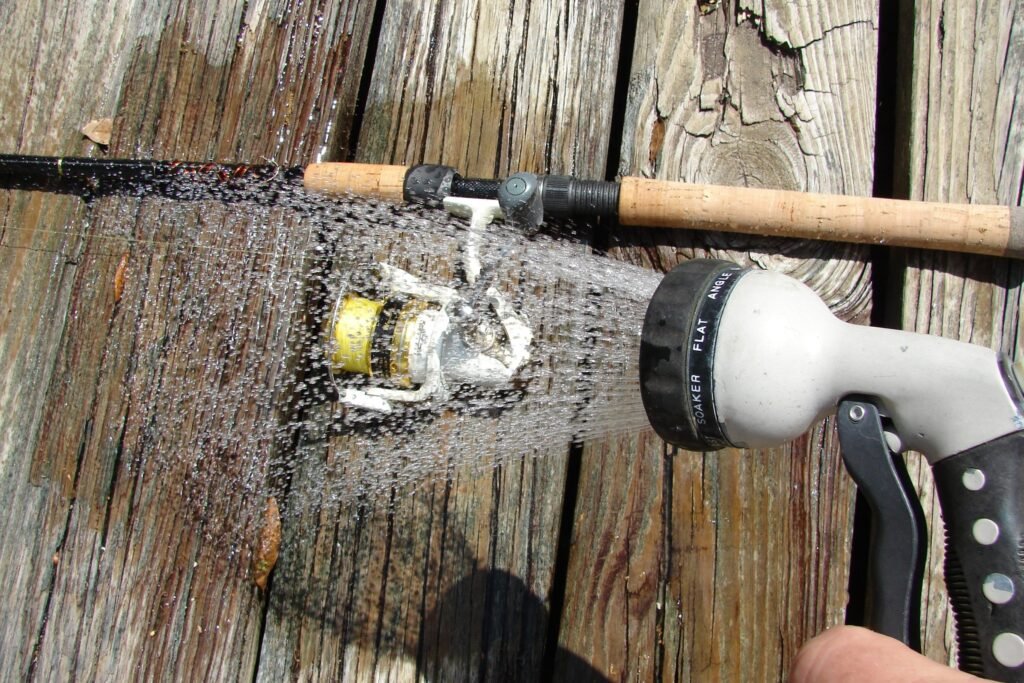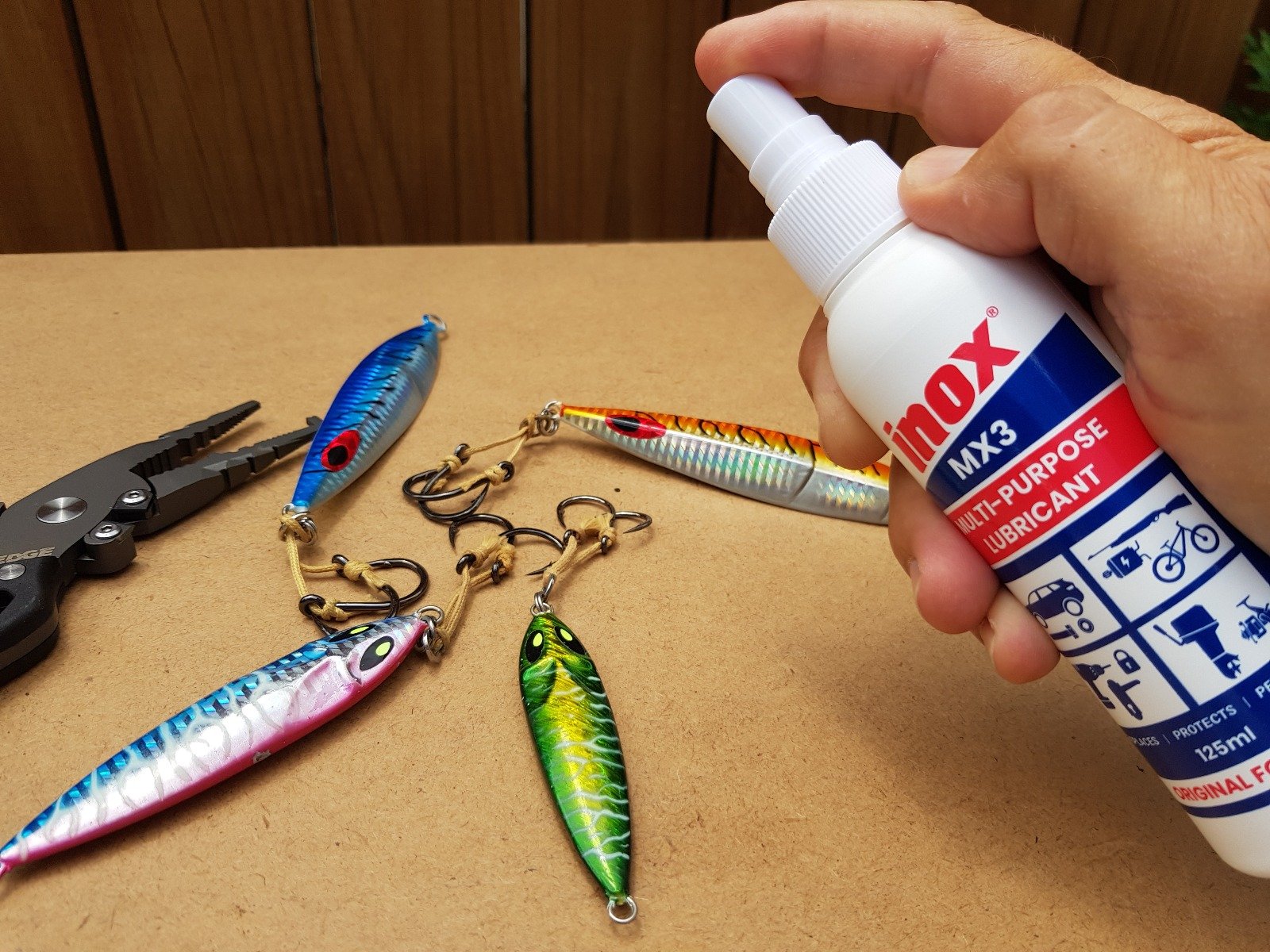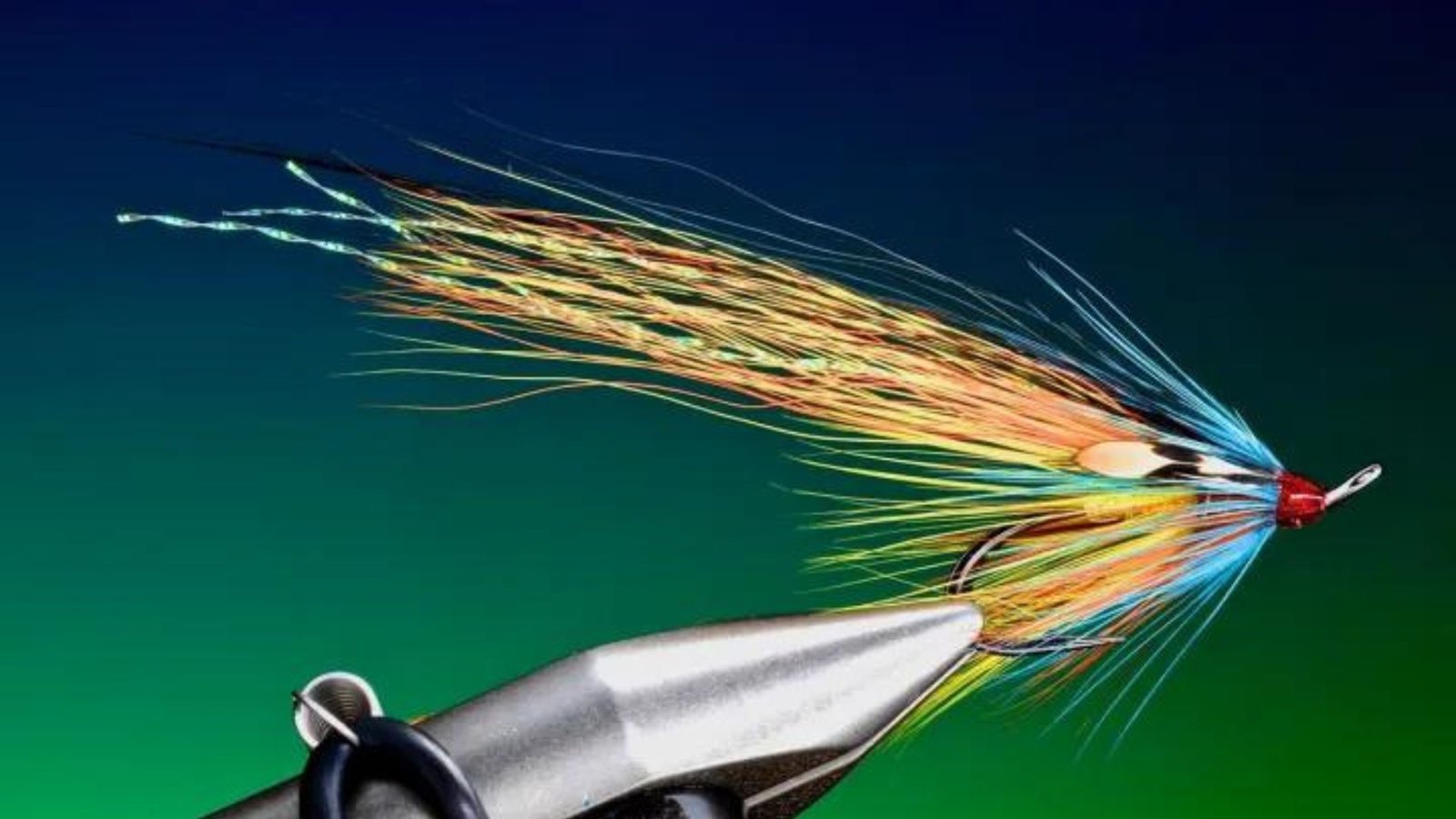Salmon fishing gear is essential for anglers to effectively catch salmon in various water conditions. Proper maintenance not only prolongs the lifespan of your equipment but also ensures optimal performance on every fishing trip. Learn how to maintain your salmon fishing gear to keep it in top shape and ready for your next adventure.
Introduction to Salmon Fishing Gear Maintenance
Maintaining your salmon fishing gear is crucial for reliability and durability. By keeping your equipment well-maintained, you ensure it performs at its best when targeting salmon in rivers, streams, and coastal waters.

How to Maintain Salmon Fishing Gear
Cleaning Your Fishing Rods and Reels
Regularly clean your fishing rods and reels to remove dirt, salt, and debris that can accumulate after each fishing trip. Use a soft cloth dampened with fresh water to wipe down rods and reels thoroughly, paying attention to guides and reel mechanisms. This prevents corrosion and ensures smooth operation when casting and reeling in salmon.
Inspecting and Maintaining Fishing Lines
Inspect your fishing lines for wear, abrasions, or weak spots that can weaken the line and lead to break-offs during crucial moments. Replace old or damaged lines with fresh monofilament or braided lines suitable for salmon fishing. Spool new lines onto reels carefully, ensuring proper tension and alignment to prevent line twists.
Checking and Cleaning Tackle and Baits
Regularly check your tackle box for rusty hooks, damaged lures, or worn-out baits that may need replacing. Clean metal lures and hooks with a soft brush and fresh water to remove salt and debris. Replace rusty or damaged hooks to maintain sharpness and effectiveness when fishing for salmon.
Maintaining Tackle Boxes and Storage
Keep your tackle boxes clean and organized to quickly locate fishing gear and accessories during fishing trips. Wipe down tackle boxes with a damp cloth to remove dirt and salt residues that can corrode metal components. Organize tackle boxes with dividers or trays to separate different types of tackle and prevent tangling.
Care for Fishing Nets and Accessories
Inspect fishing nets for tears or knots that may trap fish and cause damage. Rinse nets with fresh water after each use to remove debris and preserve the netting material. Store fishing accessories such as pliers, scissors, and line cutters in a dry place to prevent rust and ensure they are ready for use when needed.
Maintaining Fishing Apparel and Footwear
Clean and dry fishing apparel, including waders and waterproof jackets, after each fishing trip to prevent mould and mildew growth. Check waders for leaks and repair them promptly with patch kits or sealants to maintain insulation and comfort when wading in cold water. Store footwear in a well-ventilated area to prevent odours and deterioration.
Sharpening and Care for Fishing Tools
Regularly sharpen fishing hooks, knives, and cutting tools to maintain their effectiveness when handling bait and cleaning fish. Use a sharpening stone or file to hone hooks to a fine point and keep knives razor-sharp for precise cuts. Clean tools with freshwater and dry them thoroughly before storing them to prevent rust and corrosion.
Conclusion
Maintaining your salmon fishing gear ensures reliability, durability, and optimal performance during fishing trips. By cleaning, inspecting, and caring for your rods, reels, tackle, and accessories regularly, you prolong their lifespan and enhance your fishing experience. With proper maintenance, your salmon fishing gear will continue to serve you well on countless fishing adventures.
In conclusion, proper maintenance of salmon fishing gear is essential for anglers to enjoy successful fishing trips and preserve the quality of their equipment. By following the tips and guidelines in this guide, you can keep your gear in top condition and ready for action whenever you hit the water.




